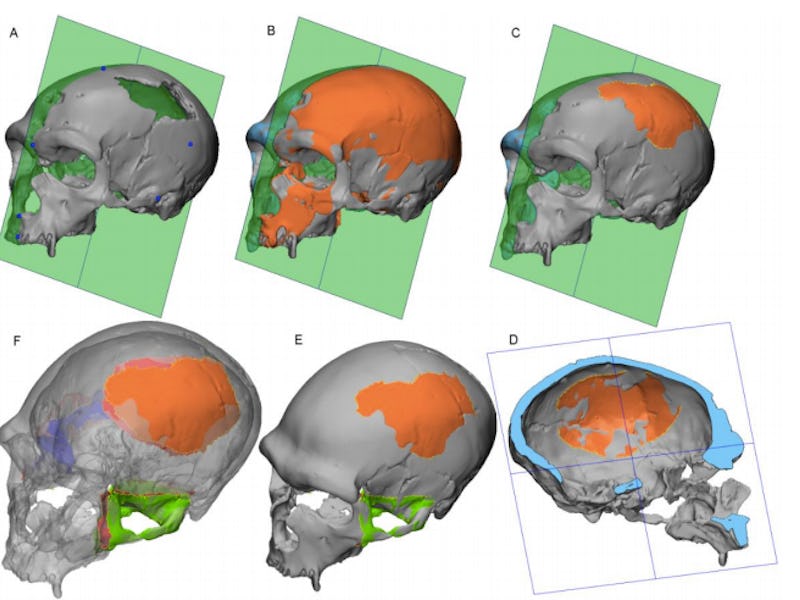Geneticists Are Growing Neanderthal "Minibrains" in a Lab — Here’s How
They're sprouting new theories about the link between humans and Neanderthals.

In order to study the brains of Neanderthals, researchers have mostly relied on analyzing fossilized skulls to infer what they may have contained. But according to geneticist Alysson Muotri, Ph.D., a new technique is emerging among his team of researchers at University of California, San Diego: growing Neanderthal minibrains.
At June’s UCSD conference called “Imagination and Human Evolution,” Muotri revealed that his team had used stem cells containing Neanderthal DNA and the genome editor CRISPR to create pea-sized lumps that could mimic the cortex, or outer layer of the brain. The controversial technique was first reported in Science on Wednesday.
To grow these minibrains, Muotri focused on a protein-coding gene known as NOVA1. Because this gene controls splicing of RNA from other genes, NOVA1 likely helped produce more than 100 proteins in Neanderthal brains, a great starting-off point for recreating one today.
Using the Clustered Regularly Interspaced Short Palindromic Repeats (CRISPR), a tool for editing genomes and altering DNA sequences, Muotri’s team was able to take human skin cells and manipulate their genomes to turn them into pluripotent stem cells, capable of giving rise to several different cell types.
Conveniently, NOVA1 in a Neanderthal has only one base pair that is different from the modern human’s NOVA1, so CRISPR could allow the scientists to target NOVA1 in the human stem cells and swap in the Neanderthal base pair. Thus, the newly “Neanderthalized” stem cells were formed to grow into minibrains, or organoids that can reveal details surrounding the structure and function of an actual Neanderthal brain.
It takes months to grow a minibrain from Neanderthalized stem cells, but the process has already given Muotri new insight. His team of scientists found that neuronal cells within a Neanderthal’s NOVA1 migrate more quickly within the minibrain as it forms.
While the findings of this controversial technique have not yet been published, Muotri thinks this experiment will not only elucidate the links between human and Neanderthal brains, but could help scientists better identify distinctions or defects in human neuronal development.